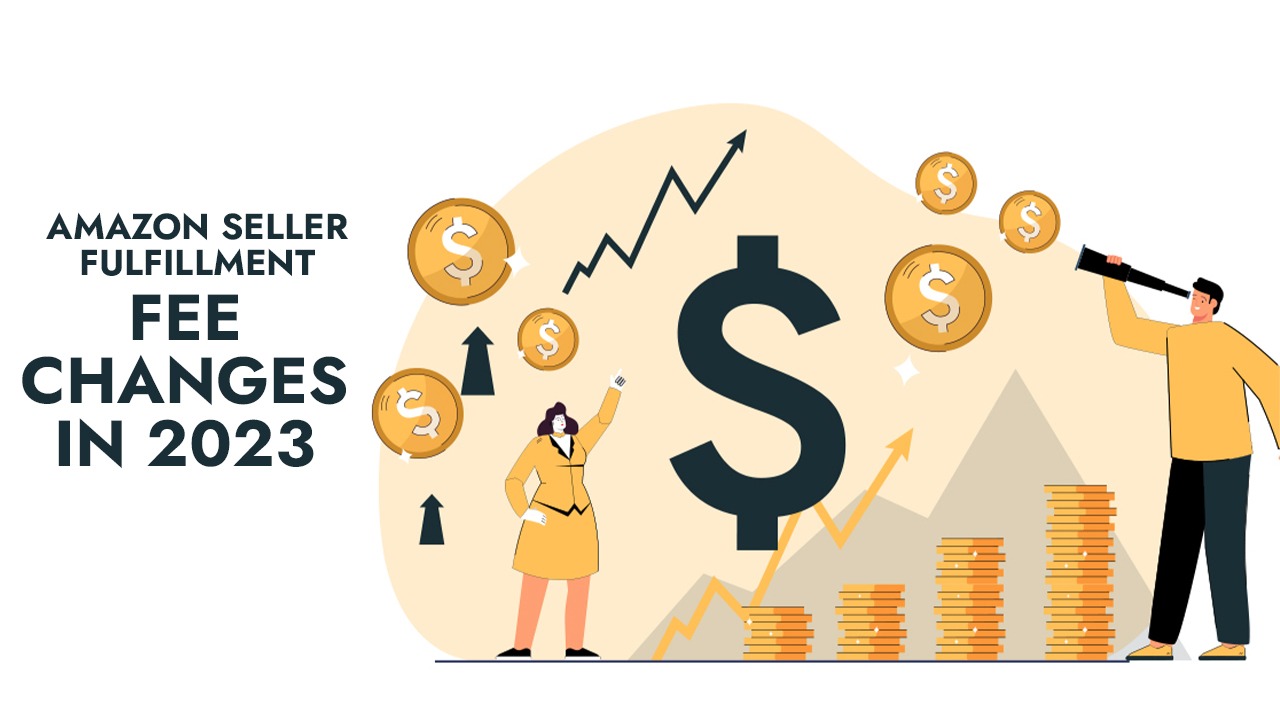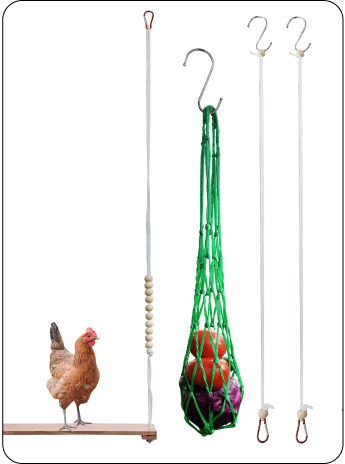Introduction:
Selling products on Amazon can be a lucrative venture, but it’s no secret that the fees associated with the platform can eat into your profits. As an Amazon seller, it’s essential to develop strategies that allow you to navigate these high fees while still maintaining a healthy profit margin. In this blog post, we’ll explore practical tips and tactics to help you continue making a profit despite the challenges posed by Amazon’s fees.

What Fees Do I Have to Pay to Sell on Amazon?
Regardless of whether you are an FBA (Fulfillment by Amazon) or FBM (Fulfillment by Merchant) seller, certain fees must be paid to sell on Amazon.
Selling fees: Amazon charges selling fees for each item sold, which vary based on the product category. For instance, books have a 15% selling fee, while electronics have a 10% selling fee.
Fulfillment fees: These fees cover storage, picking, packing, and shipping of your products. The specific amount depends on the weight, size, and shipping method chosen. As an example, a small, lightweight product shipped via Amazon’s Standard Shipping may incur a $2.99 fulfillment fee.
Referral fees: Amazon charges referral fees when a customer purchases a product through your listing. The fee percentage varies depending on the product category. For instance, books have a 15% referral fee, while electronics have a 10% referral fee.
Closing fees: When closing your Amazon seller account, a closing fee is applicable. The amount depends on the type of seller account. For example, a Professional seller account incurs a closing fee of $99.
Long-term storage fees: These fees are charged for storing your products in Amazon’s fulfillment centers for an extended duration. The fee amount varies based on the product category and the length of storage.
Amazon Seller Fulfillment Fee Changes in 2023
Over the past years, Amazon has made efforts to minimize fee changes by postponing or reducing certain fees, such as customer returns. Due to factors like rising fuel prices and inflationary pressures affecting the global economy, Amazon is gradually increasing various fees for U.S. referral and Fulfillment by Amazon users.
Increased storage fees: Effective from February 1, 2023, Amazon will be implementing increased storage fees for long-term inventory stored in their fulfillment centers. This means that sellers utilizing Amazon’s services will face higher costs for storing their products.
New weight-based pricing: Starting on February 16, 2023, Amazon will introduce a new weight-based pricing structure for FBA (Fulfillment by Amazon) sellers. This means that the shipping fees for products will be determined based on their weight, rather than their size or dimensions.
Changes to referral fees: As of January 1, 2023, Amazon will be implementing changes to the referral fees charged to sellers across various product categories. Referral fees are a percentage of the product price that Amazon charges when a customer makes a purchase through a seller’s Amazon listing.
When Do Amazon Seller Fees Increase?
Amazon seller fees can increase under various circumstances. Here are some situations when you may experience an increase in Amazon seller fees:
Fee Structure Adjustments: Amazon periodically reviews and adjusts its fee structure to account for market trends, operational costs, and industry demands. This can result in increased fees for specific product categories or fulfillment options.
Annual Fee Changes: At the start of each year, Amazon announces any updates or changes to seller fees. These changes can include adjustments to referral fees, subscription fees (for Professional selling plans), and other related fees.
Fulfillment by Amazon (FBA) Fees: FBA fees can increase due to changes in storage fees, order handling fees, or other operational costs associated with Amazon’s fulfillment service. Amazon typically provides advance notice of these changes to allow sellers to plan and adjust their strategies accordingly.
Selling in International Marketplaces: Expanding your business to international Amazon marketplaces may result in additional fees. Each marketplace may have its own fee structure, including charges for cross-border selling, currency conversion, and other international selling expenses.
Premium Services: Amazon offers premium services like Amazon Advertising, which may have separate fee structures. If you opt to use these services to boost product visibility and sales, it’s essential to be aware of any associated fees.
Tips to Make a Profit with High Amazon FBA Fees:
Optimize Product Pricing:
Carefully analyze your product pricing to ensure you’re setting competitive prices while factoring in Amazon’s fees. Consider the total cost of selling, including referral fees, FBA fees, and other charges, to determine the right price point that allows you to remain profitable.
Identify High-Margin Products:
Identify products in your inventory that have higher profit margins, even after accounting for Amazon fees. Focus on promoting and selling these items more aggressively to offset the impact of fees on lower-margin products.
Evaluate Product Sourcing and Costs:
Review your sourcing strategies to find ways to reduce costs without compromising product quality. Explore alternative suppliers, negotiate better deals, or consider private labeling to differentiate your products and increase profitability.
Leverage FBA Alternatives:
While Amazon’s FBA service offers convenience, it may not always be the most cost-effective option for every product. Explore alternatives like Fulfilled by Merchant (FBM) or multi-channel fulfillment to reduce FBA fees and retain more profit.
Optimize Inventory Management:
Effective inventory management is crucial for reducing storage fees and ensuring timely sales. Monitor your inventory levels regularly, avoid overstocking, and implement strategies like just-in-time (JIT) inventory to minimize storage costs.
Maximize Advertising ROI:
Invest in targeted advertising campaigns to increase visibility and sales for your high-margin products. Optimize your advertising spend by targeting specific keywords, leveraging Sponsored Product Ads, and monitoring performance closely to ensure a positive return on investment (ROI).
Explore Multichannel Selling:
Diversify your sales channels by expanding to other online marketplaces or setting up your own e-commerce website. This strategy can help you reduce reliance on Amazon and mitigate the impact of its fees on your overall profitability.
Focus on Customer Satisfaction:
Positive customer experiences lead to repeat sales and brand loyalty. Prioritize excellent customer service, prompt order fulfillment, and respond promptly to customer inquiries or issues. By delighting customers, you can build a loyal customer base and increase the likelihood of positive reviews and referrals.









